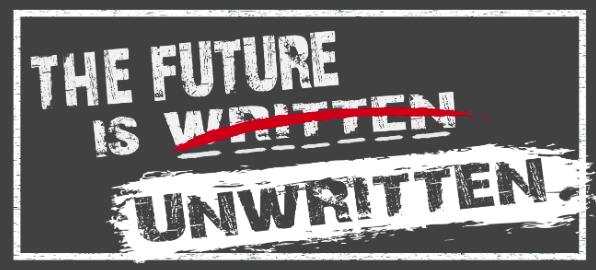7 min read
Hi, I am Jonathan Hayashi. After graduating from University of Rochester with double degrees in Optical Engineering and Financial Economics, I worked in one of the top 3 investment banks in Japan, SMBC Nikko. Later on, I joined one of the largest VC firms in Japan, SBI, and took charge of growth stage investments in Blockchain, Fintech, and AI Sector. I joined Cornerstone Ventures in 2020.
Target audience for this book and this recommendation article:
- People who are interested in having their own business, but not sure what is the difference between an entrepreneur and a business-owner
- People who already started a business, but not sure when to copy and when to innovate
- People who have resource to invest in startups, but not sure what kind of companies can compete with and beat Amazon, which was what the author of this book did.
Background of The Innovation Stack the book:
- Author: Jim Mckelvery (1965/10/19~ )
- Serial entrepreneur. Glassblowing artist. Hired Jack Dorsey (CoFounder of Twitter and Square) as an intern in Disconcepts, his CD cabinet manufacturing company.
- CoFounder of Square, Disconcepts, LaunchCode (a NPO to nurture new programmers), Cultivation Capital (VC based in St. Louis), Third Degree Glass Factory (Glassblowing studio).
- Jim cofounded Square with Jack Dorsey, which became one of the very few companies that beat Amazon in competition. After leaving Square, Jim spent more than 3 years to conduct research and interviews to finally figure out, why he won in the battle against Amazon.
Some of Jim’s message in The Innovation Stack:
- The word “Entrepreneur” has lost its value because of overuse.
- It used to refer to rebels, explorers, and crazy people who leave the walled city into the wild.
- Now it just refers to any businesspeople who own a business.
- End of a market is where entrepreneurship begins.
- The end of a market represents a standoff between the costs to produce a product and what people are willing to pay.
- The end of a market is like a border that nobody is able to cross or a wall that separates the city and the wild.
- Don’t innovate just for the sake of innovation. Only innovate when you have to.
- Find a perfect problem that you truly care about and try to solve it by copying everything you could. Only innovate when you could not find any example to copy from.
- The phrase “so we have to” repeated like a cult benediction during the early days of Square:
- 「We want to allow millions of small business to accept credit cards for the first time, so we have to make it easy to sign up.」
- 「We need easy sign-up, so we have to design simple software and eliminate paper contracts.」
- 「We have millions of people signing up, so we have to keep our customer service costs down.」
- Innovation Stack: the problem with solving one problem is that it usually creates a new problem.
- Thus, you need a collection of innovative solutions, not just a single one.
- Jim went on to apply his theory above to his own company Square, and also apply it to The Bank of Italy (now Bank of America), IKEA, and Southwest Airline. Jim also points out Square beat Amazon by “doing nothing at all”.
- If you’re curious, read the book! It will be worth your time.
My thoughts on The Innovation Stack:
- This book has answered so many questions that I used to have. For examples:
- “Should a lawyer who started his own law firm be considered an entrepreneur?”
- “If a startup’s solution solves a problem that the incumbent solution couldn’t solve, but on the other hand the startup’s solution couldn’t solve another problem that the incumbent solution can solve, is the startup providing a good solution?”
- “Why do some innovations create value, while some other innovations are rather meaningless?”
- The book is also a wake-up call for me.
- In the last few years, there are too many “businesspeople”, who present themselves as “entrepreneurs”, and try to raise fund from VCs.
- Starting an existing business in an existing market is like stepping into a crowded elevator: the occupants won’t welcome your arrival, but they will adjust and make some room.
- It’s like starting your own restaurant: you don’t have to invent a thing. Find a decent location; hire some good chefs; buy your tables, food, linens, insurance and all the other stuff from the same dozen suppliers everyone else uses.
- It sounds obvious that a restaurant is not innovating, but it is much more subtle when a software company or co-called tech company is just copying what everyone else is doing to enter an existing market.
- In the last few years, there are too many “businesspeople”, who present themselves as “entrepreneurs”, and try to raise fund from VCs.
- My key takeaway of how to build a successful innovative company:
- Find a perfect problem that you truly care about.
- Copy everything that you could to solve this problem.
- When there’s no existing solution to copy from, start innovating.
- When one innovation creates a new problem, solve that problem with another innovation.
- Keep doing it until you have a collection of innovation, an innovation stack, that can truly solve the core problem you were trying to solve.
The Future Is Unwritten.



